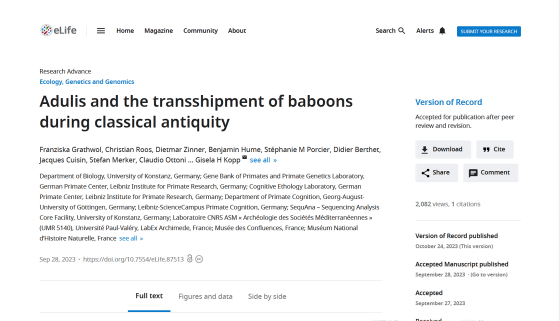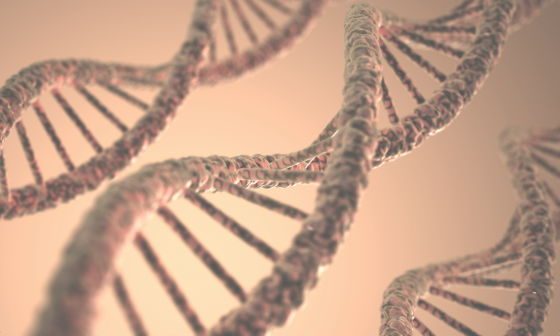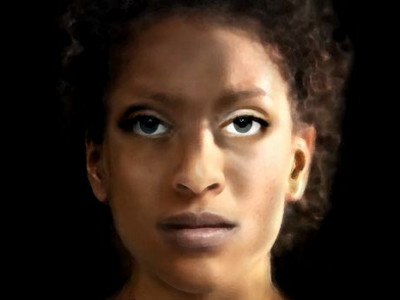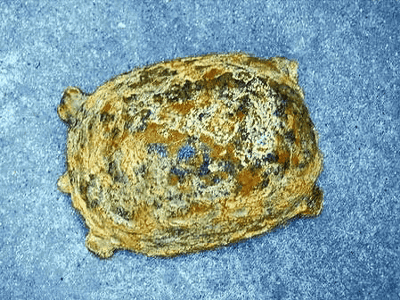Baboon mummy reveals the location of the ``mysterious port city'' where the ancient Egyptians traded

Adulis and the transshipment of baboons during classical antiquity | eLife
https://elifesciences.org/articles/87513

Baboon mummy DNA from ancient Egypt reveals location of mysterious port city not on any maps | Live Science
https://www.livescience.com/archaeology/ancient-egyptians/baboon-mummy-dna-from-ancient-egypt-reveals-location-of-mysterious-port-city-not-on-any-maps
The ancient Egyptians considered baboons sacred and associated them with Babi , the god of the underworld, and Thoth , the god of wisdom, and sometimes mummified baboons as offerings to the gods. However, since baboons never occurred naturally in ancient Egypt, it is said that mummified baboons were imported from a place called ``Punto''.
However, although there are trade records that show that the ancient Egyptian dynasty imported gold, wood, wild animals, etc. from Punt, it was not clear where the important Punt was located.
A 2020 study analyzed the teeth of baboon mummies made by ancient Egyptians between 1550 and 1070 B.C., and found that their childhood diet suggests that these baboons came from the eastern tip of Africa, near Somalia , Eritrea , and Ethiopia . I found out that This was apparently the first strong evidence of Punt's location.
This time, a research team led by Gisela Kopp , a geneticist at the University of Konstanz in Germany, extracted DNA from baboon mummies created between 800 BC and 540 BC, and collected DNA from baboon specimens collected between the 19th and 20th centuries. We conducted research to match the DNA of The research team attempted to extract DNA from 10 ancient Egyptian baboon mummies, but it is reported that only one mummy was able to extract DNA because old DNA is fragile.

Analysis revealed that the baboons mummified by the Egyptians are genetically similar to populations living on the coast of modern-day Eritrea. 'This is near the port of
Adulis, near modern-day Zura , flourished as a port city on the Red Sea for trade. Historical records from 300 BC onwards show that Egyptian merchants made expeditions to the area, and it is said to have been a center of trade for wild animals.
This is one of the first ancient DNA analyzes of non-human primates, and further research on other species will help us learn more about ancient Egyptian wildlife imports and their impact on populations. It is expected. On the other hand, since this research is based on the mummy of one baboon, Kopp and his colleagues would like to collect DNA samples from more baboon mummies and conduct analyzes across a wide range of ages. is.

Related Posts:







